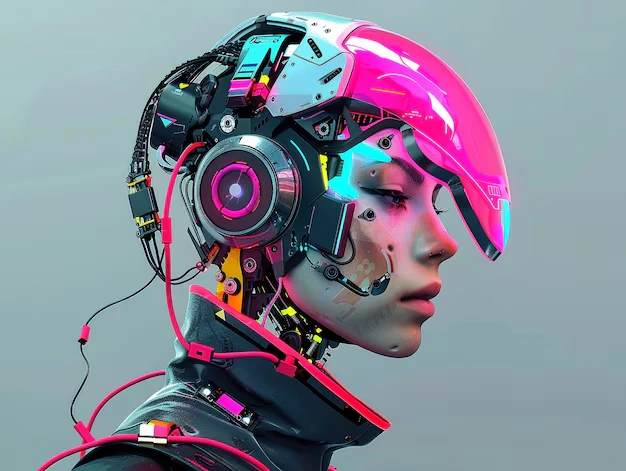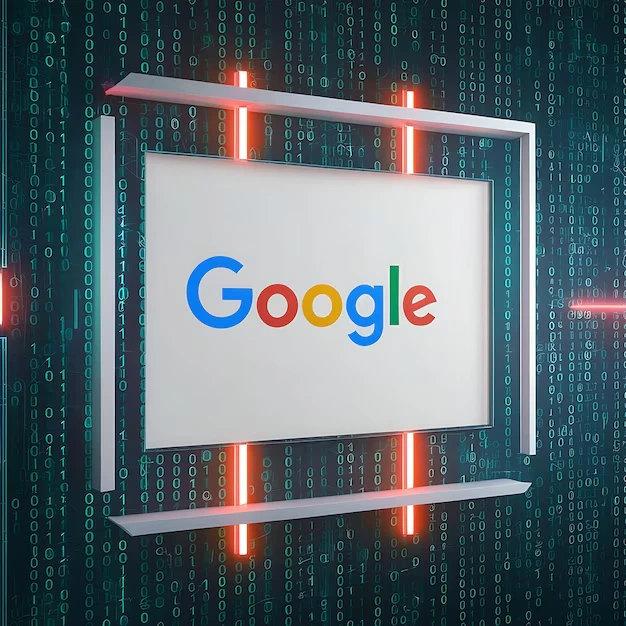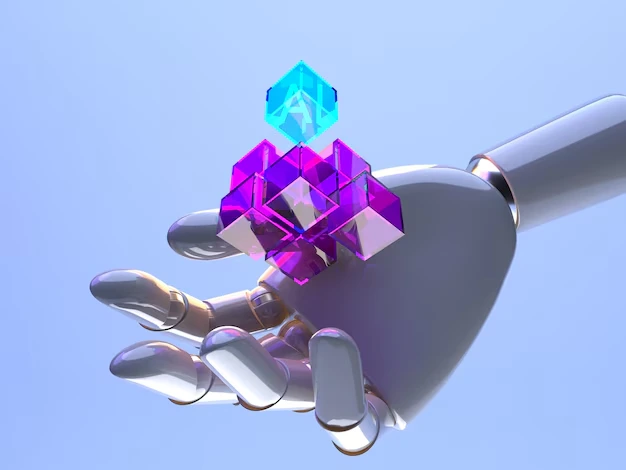There’s hardly any industry that has not benefited from the introduction of Artificial Intelligence (AI).
One of its most interesting areas is generative AI.
Generative AI, in simple terms, is the application of AI to generate new content. It is as if though an artist holds a digital paintbrush, slips pigments of imagination, and brings forth creations that no single person has ever done before. So,
What is the primary goal of generative AI?
This article purports to address the problem. We will look at the basic question of why generation artificial intelligence was invented, what is the primary goal of generative AI, what are its unique characteristics, and why it is different from what is referred to as predictive artificial intelligence.
This article has something in store for everyone, whether you are an AI enthusiast, a school-going kid, a professional business person, or just a layman who is inquisitive enough.
Grasping the Concept of Generative AI
Generative AI is a part of artificial intelligence that creates new content and data sets. What is the primary goal of generative AI? It explores a repository of data, learns patterns and features from them, then generates new instances or creations that bear those patterns back to the output.
Such AI technologies include Generative Adversarial Networks (GANs), Variational Autoencoders (VAE), and Transformer models. This technology allows the machine to realize and fabricate the outputs logically.
What is the primary goal of generative AI? Generative AI is capable of performing multiple tasks, including making images and videos, making textual content, drug design, among others. It is not only confined to reproducing existing information but is also able to figure out completely new ideas that are not even present in the training set.
This capability of production of new data is what is the primary goal of generative AI and what separates generative AI from other forms of AI.
Important Functional Characteristics of Generative AI
Generative AI has a number of aspects that set it apart.
One of the most extraordinary is that systems should generate realistic outputs that are coherent. Some of these outputs can be so lifelike that it can be hard to discern if a human or an artificial intelligence generated them.
Turning to another application of generative AI, what is the primary goal of generative AI is to make it useful in different industries. This can be from artistic and creative purposes to medical and technical purposes.
Some basic attributes of generative AI include the following:
- What is the primary goal of generative AI: Capability to produce additional data which is somewhat similar to the training set, but not exactly the same
- Ability to produce clear and sensible output
- Extension of work effectiveness into other areas of application
- Potential for originality and inventiveness
- Capability to produce completely new ideas that were not incorporated in any training material.
The Ultimate Aim of Generative AI
As the name suggests, generative AI can be used to generate new content or data.
This data should resemble, but not duplicate, the data it was trained on. This aim is commonly regarded as what is the primary goal of generative AI in targeting development and creativity.
Generative AI brings even more options for implementing ideas in art, music, design, science, and different fields. It’s not only imitating the data that is known already.
Simply put, what is the primary goal of generative AI is to produce concepts from scratch. This is a whole new dimension of creative potential.
Innovation and Creativity in All Sectors
What is the primary goal of generative AI? It expands the boundaries of several sectors.
It is applied to the composition of original art in the sphere of culture. It generates new pieces of music in the music business.
It has led to the design of new materials and the development of novel pharmacological agents.
Hyper-Personalization and Tailoring
Generative AI can also change the way personalization and customization work.
It may adapt materials to particular users’ needs. This may be applicable in fields such as marketing, wherein adverts are made to meet the viewer’s specifications.
In the case of trade, customers can be advanced with their specific needs related to the given suppliers’ goods, driven by what is the primary goal of generative AI.
Generative AI vs Predictive AI
Generative AI and predictive AI can be considered two different forms of artificial intelligence.
The primary differences lie in their aims. What is the primary goal of generative AI is to generate new types of data. Predictive AI generates forecasts based on the available data.
Predictive AI has become a recurrent tool used by analytics, forecasting, and decision-making processes on the course of events. It uses prior occurrences to establish one that has not yet happened.
Rather, what is the primary goal of generative AI is not constrained to imitating datasets already available. It is also capable of generating new ideas that do not appear anywhere in the training dataset.
Predictive AI: Making Guesses
Thanks to Predictive AI, people are now able to make educated guesses about any situation. With predictive AI, data sets, algorithms, and statistical techniques are applied to provide the likelihood of forthcoming events.
It is mostly applied in weather report prediction, stock market performances, prediction of market demand, and even consumer behavior. Insights generated through Predictive AI are advantageous in making sound decisions. But one ails of such applications is that they all base on past and present data and thus cannot predict events in the future quite accurately.
Ethical Concerns and What is in the Beans
Generative AI, like any other technologies, has ethical concerns.
What is the primary goal of generative AI? One concern is the possibility of this technology being used for creating deepfakes as well as disinformation.
Another concern is generative AI’s interference with employment. It may replace some occupations, which will lead to a decrease in the number of jobs.
However, what is the primary goal of generative AI is not only about job replacement. It also results in new job creation. The technology is capable of offloading some trivial duties and concentrating efforts on more strategic tasks.
Managing these factors is important and must be integrated into the design and use of generative AI in consideration of its ethical aspects.
Addressing Ethical Challenges
In order to address the ethical concerns surrounding generative AI, it is essential to implement a variety of strategies.
Governments and other institutions should put in place regulations, laws, and other tools that seek to control the use and implementation of generative AI technologies.
In addition, both makers and users of generative AI technologies ought to explicate their ethical and moral obligations.
The Future of Generative AI
The future of generative AI, however, remains bright.
For content creation, it is expected to completely change the course by spearheading drastic cuts in time and resources that go into coming up with original works.
In addition, what is the primary goal of generative AI when coupled with other AI technologies and its higher capabilities over time will result in more sophisticated applications.
Conclusion
Generative AI is a disruptive innovation that brings new ways of creating products, services, and business processes in various industry areas.
Nonetheless, realization of its promise comes with the understanding of such systems, what is the primary goal of generative AI, their benefits, drawbacks, and the ethical issues related to them.
Wildnet Technologies has been catering SEO services to our clients for 17+ years.
Recently, we have started using AI in our digital marketing efforts, and to our clients’ delight, the resultant marketing campaigns have gotten better!
Read more:
- What Is Generative AI, And How Does It Work?
- How Generative AI is Shaping the Future of Healthcare Marketing Services?
- Generative Engine Optimization (GEO): Enhancing AI-Driven Content for Search
- Introducing OpenAI o1-Preview: Pioneering a New Era of AI Reasoning Models
- Improving Your Writing Ability with QuillBot AI
- The Transformative Impact of AI in Manufacturing Industry






